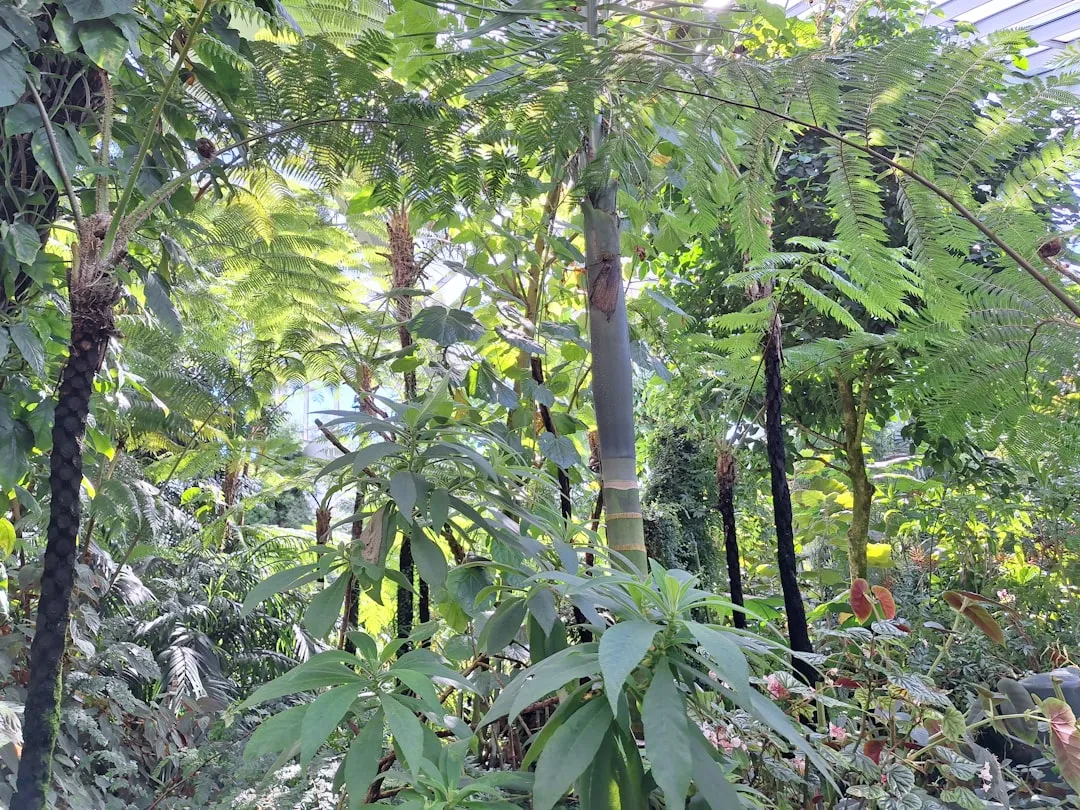Transform Your Seasons with Native Shrubs

Spring and autumn are two of the most enchanting seasons in a gardener's calendar. While spring brings a burst of new life and color, autumn paints the world in warm, earthy tones. One of the most effective ways to enhance the beauty of these seasons is by incorporating native shrubs into your garden. These shrubs not only add visual appeal but also provide a host of environmental benefits.
Native shrubs are plants that have evolved over time in a particular region. They are well - adapted to the local climate, soil conditions, and pests. This means they are generally easier to care for compared to non - native species. They require less water, fertilizer, and pesticides, making them a sustainable choice for any garden.
### Spring Sizzle with Native Shrubs
In spring, native shrubs can be the stars of your garden. Take, for example, the forsythia. With its bright yellow flowers, it is one of the first signs that winter is over. Forsythia is a fast - growing shrub that can reach heights of up to 10 feet. It thrives in full sun and well - drained soil. Planting forsythia along a border or as a standalone specimen can create a stunning display of color in early spring.
Another great spring - blooming native shrub is the azalea. Azaleas come in a wide range of colors, from soft pinks to vibrant purples. They prefer acidic soil and partial shade. Their large, showy flowers can add a touch of elegance to any garden. You can plant azaleas in groups for a more dramatic effect or use them to create a focal point in a corner of your yard.
The spicebush is also a wonderful addition to a spring garden. It has small, yellowish - green flowers that bloom before the leaves appear. The leaves of the spicebush are also aromatic, releasing a pleasant scent when crushed. This shrub is not only beautiful but also provides food and shelter for wildlife, such as butterflies and birds.
### Autumn Drama with Native Shrubs
As the days grow shorter and the temperatures drop, native shrubs can transform your garden into a scene straight out of a painting. The burning bush is a classic example. In autumn, its leaves turn a brilliant red, creating a fiery display that is hard to miss. The burning bush is a low - maintenance shrub that can tolerate a variety of soil conditions. It is best planted in full sun to achieve the most intense color.
The sumac is another native shrub that adds drama to the autumn landscape. Its compound leaves turn shades of red, orange, and yellow, and its fuzzy red fruit clusters add an extra element of interest. Sumac is a hardy shrub that can grow in poor soil and is drought - tolerant once established.
The witch hazel is a unique native shrub that blooms in late autumn or early winter. Its spidery, yellow or orange flowers add a splash of color when most other plants have gone dormant. Witch hazel prefers moist, well - drained soil and partial shade. It is also known for its medicinal properties and has been used for centuries by Native Americans.
### Planting and Care Tips
When planting native shrubs, it is important to choose the right location. Most native shrubs prefer full sun, but some, like the azalea and witch hazel, do better in partial shade. Make sure to prepare the soil before planting by adding organic matter, such as compost or peat moss. This will improve the soil structure and fertility.
Water newly planted shrubs regularly until they are established. Once established, native shrubs are generally more drought - tolerant, but they still benefit from occasional watering during dry spells. Pruning is also an important part of shrub care. Prune your shrubs at the appropriate time to maintain their shape and encourage healthy growth. For spring - blooming shrubs, prune them right after they finish flowering. For summer - or autumn - blooming shrubs, prune them in late winter or early spring.
In conclusion, native shrubs are a valuable addition to any garden. They offer beauty and charm in both spring and autumn, while also being environmentally friendly. By choosing the right native shrubs for your garden and providing them with proper care, you can enjoy a vibrant and sustainable landscape throughout the seasons.